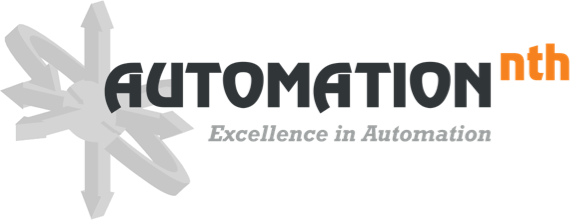Some manufacturers spend millions of dollars on automation equipment but don’t have the information they need to maximize their return on this investment. These manufacturers suffer from a lack of insight into their production and supply chain that could be achieved by implementing a “Smart Factory.”
Automationnth helps manufacturers create a Smart Factory, which means getting the right information to the right people when they need it in order to make better decisions. Armed with insights from their Smart Factory, manufacturers can increase capacity, reduce production costs, increase quality, prevent downtime, extend capital life, and optimize their supply chain.
The first step manufacturers can take toward creating a Smart Factory is to have a conversation with us about their issues, objectives, vision, and requirements. After this is understood, we can create a plan to implement new capabilities, such as:
Data In The Cloud : We can bring enterprise-wide manufacturing data securely into the cloud and transform it into a structured data set for cross-plant storage and analysis.
Analyze Machine Performance: Automationnth created the OEE Optimizer™ analysis tool to enable fast analysis of the biggest issues holding manufacturers back from achieving higher OEE. We can also analyze how machine parameters and local environment impact machine output.
Predict Problems Before They Occur: We utilize AI-based analytics capabilities minimize production disruption by predicting part rejects, faults, or hardware failure before it happens.
Connect Production Information With The Supply Chain: We can implement Manufacturing Execution System (MES) software to connect, manage, validate, and optimize all aspects of production.
Simulate Production Operations: To understand how automation will be integrated into a manufacturing environment, Automationnth may utilize an advanced operations software called FlexSim to create a simulated factory environment. This simulation helps us understand how operators will run the system, required staffing levels, and potential bottlenecks. This enables a low-cost and high-speed ability to iterate to find the best possible solutions prior to committing large amounts of money on automation equipment.
When these capabilities are implemented, manufacturers will start seeing a greatly improved return on investment in their automation equipment.
